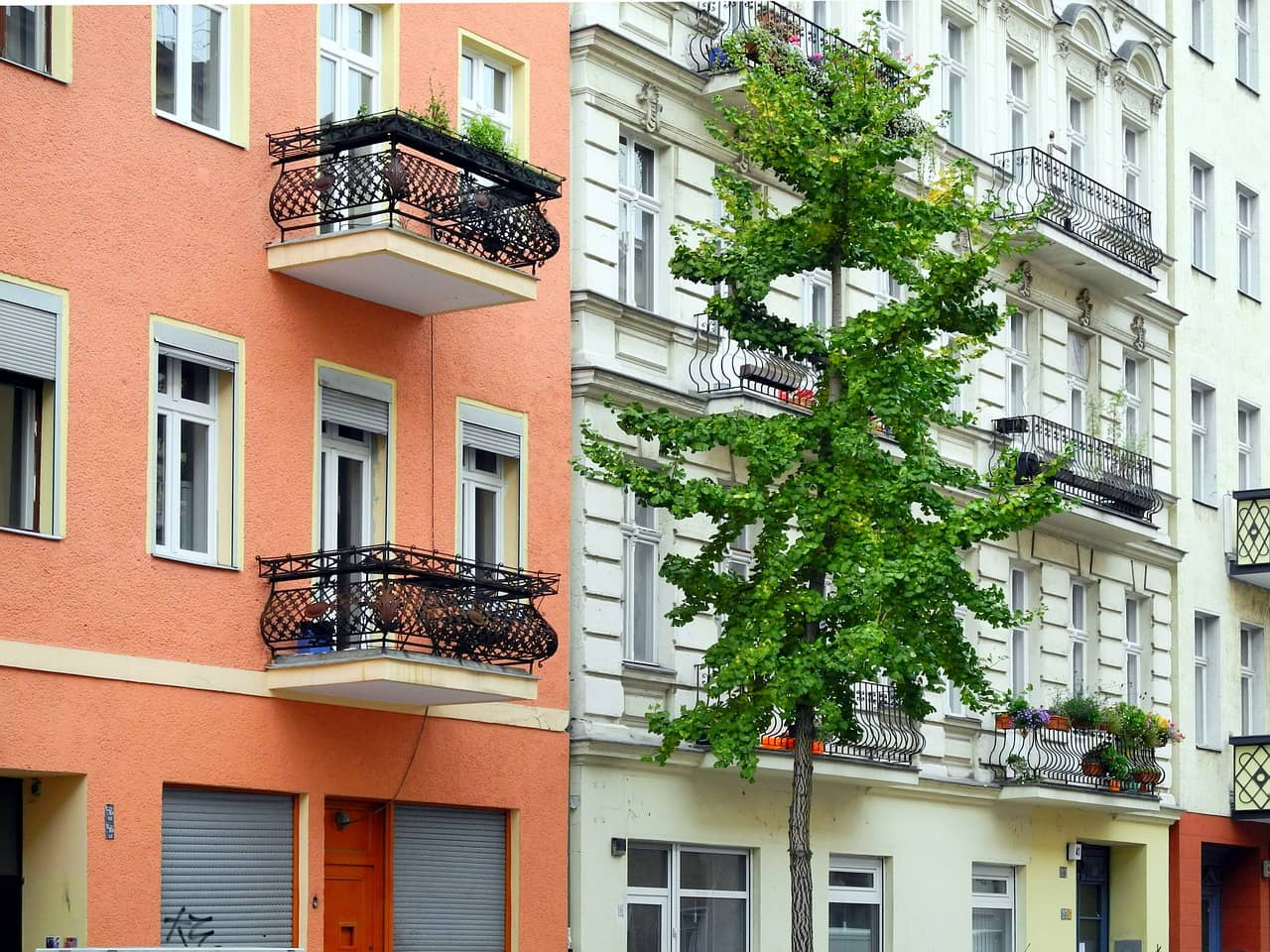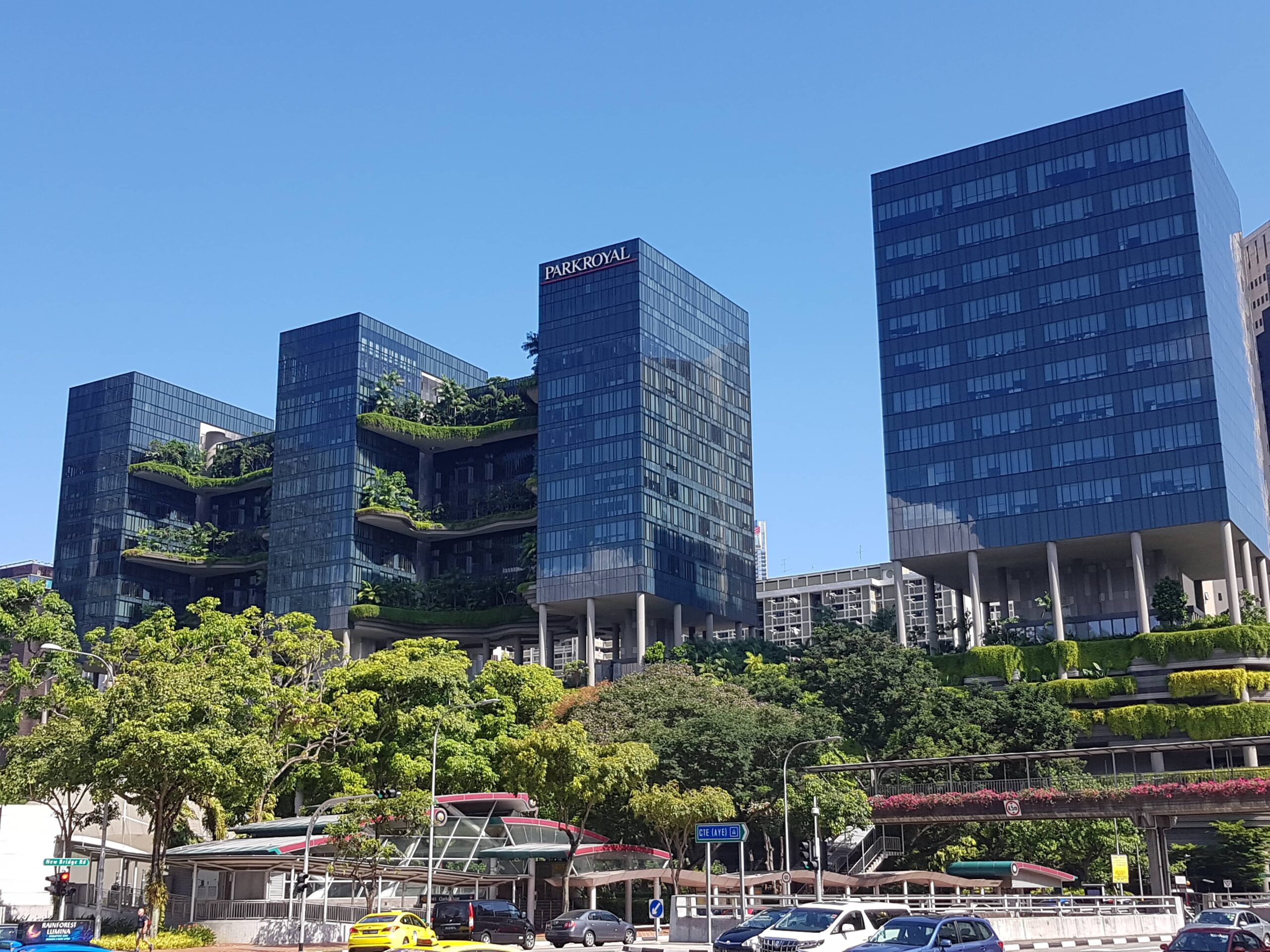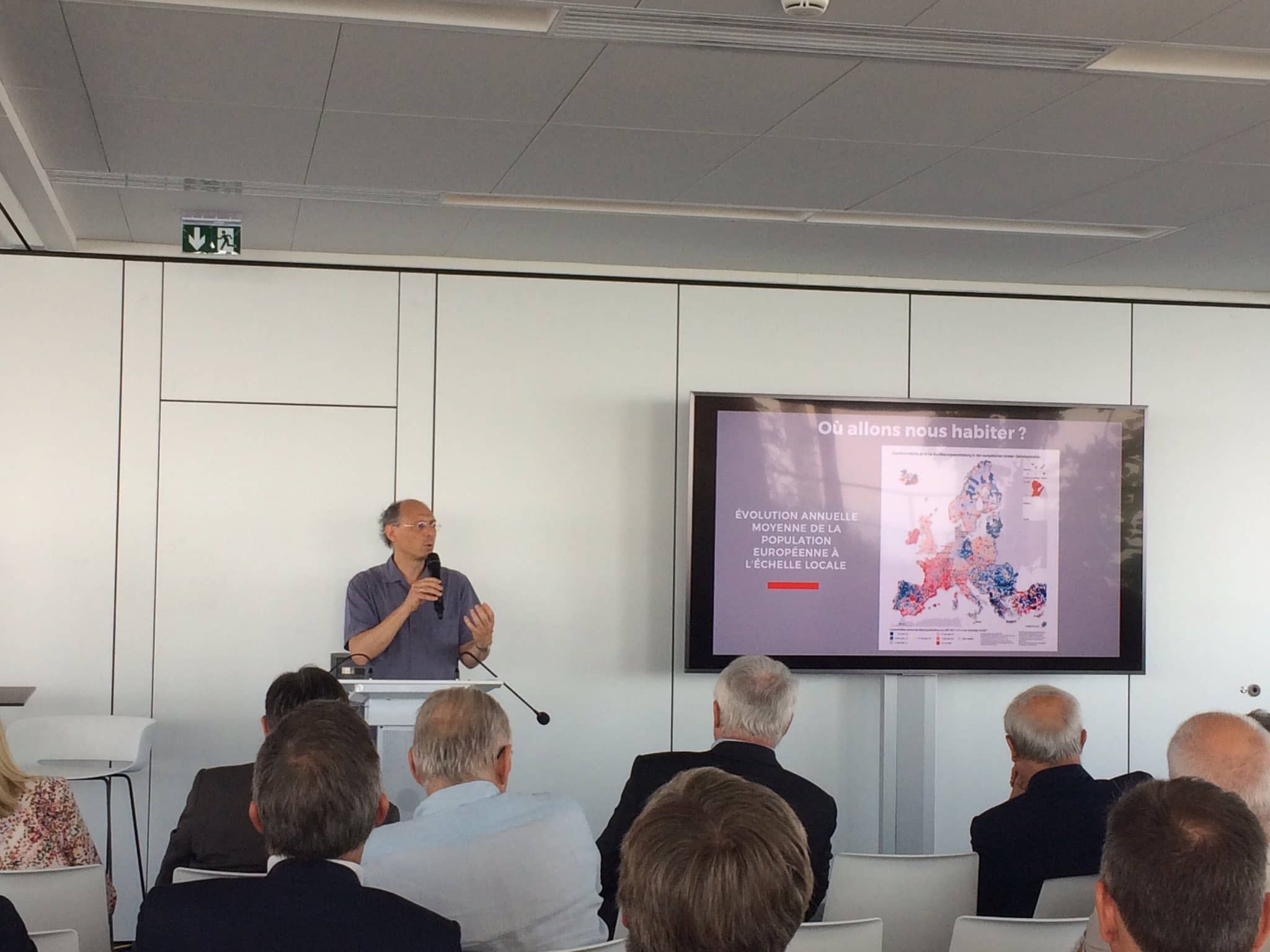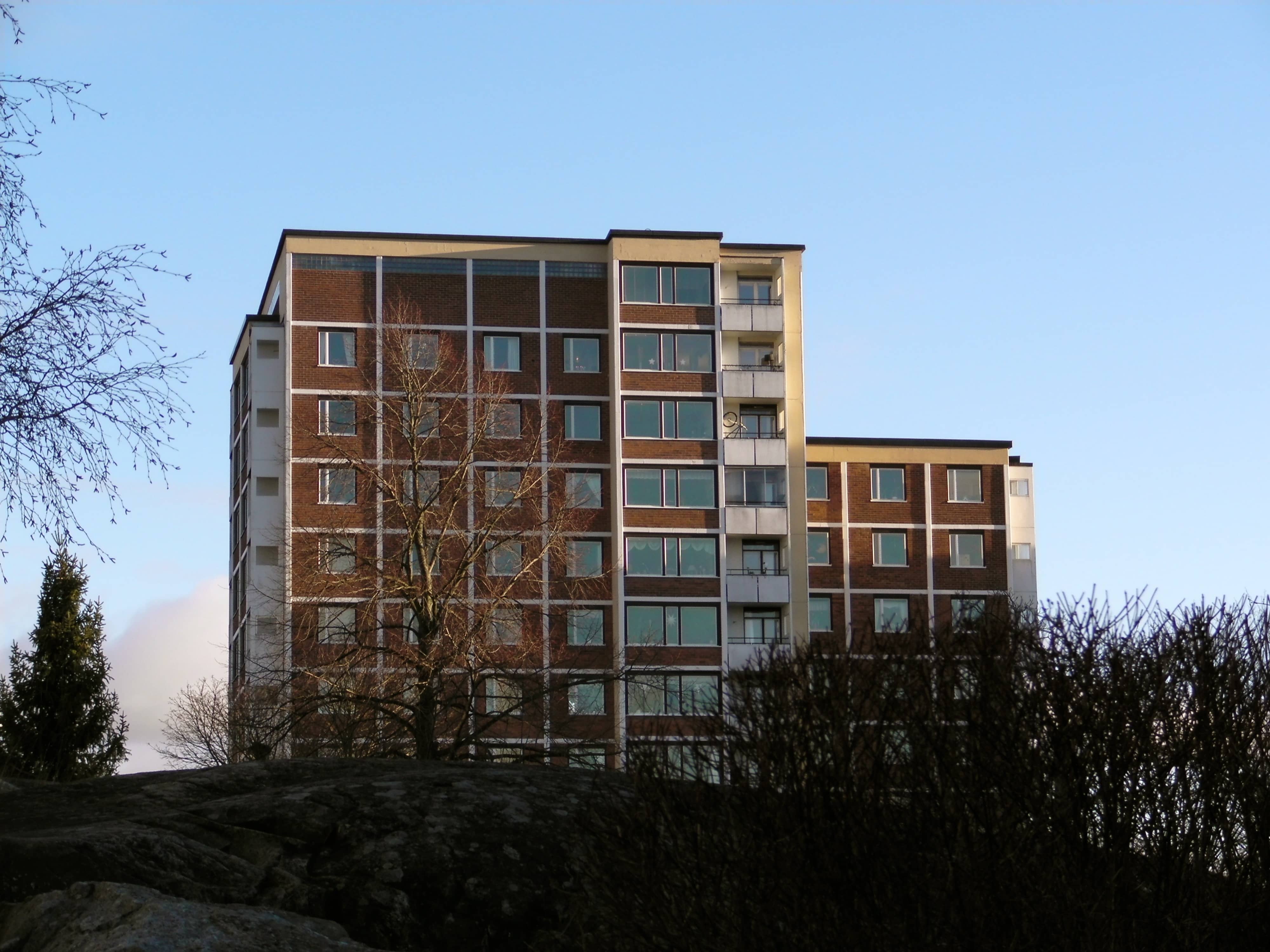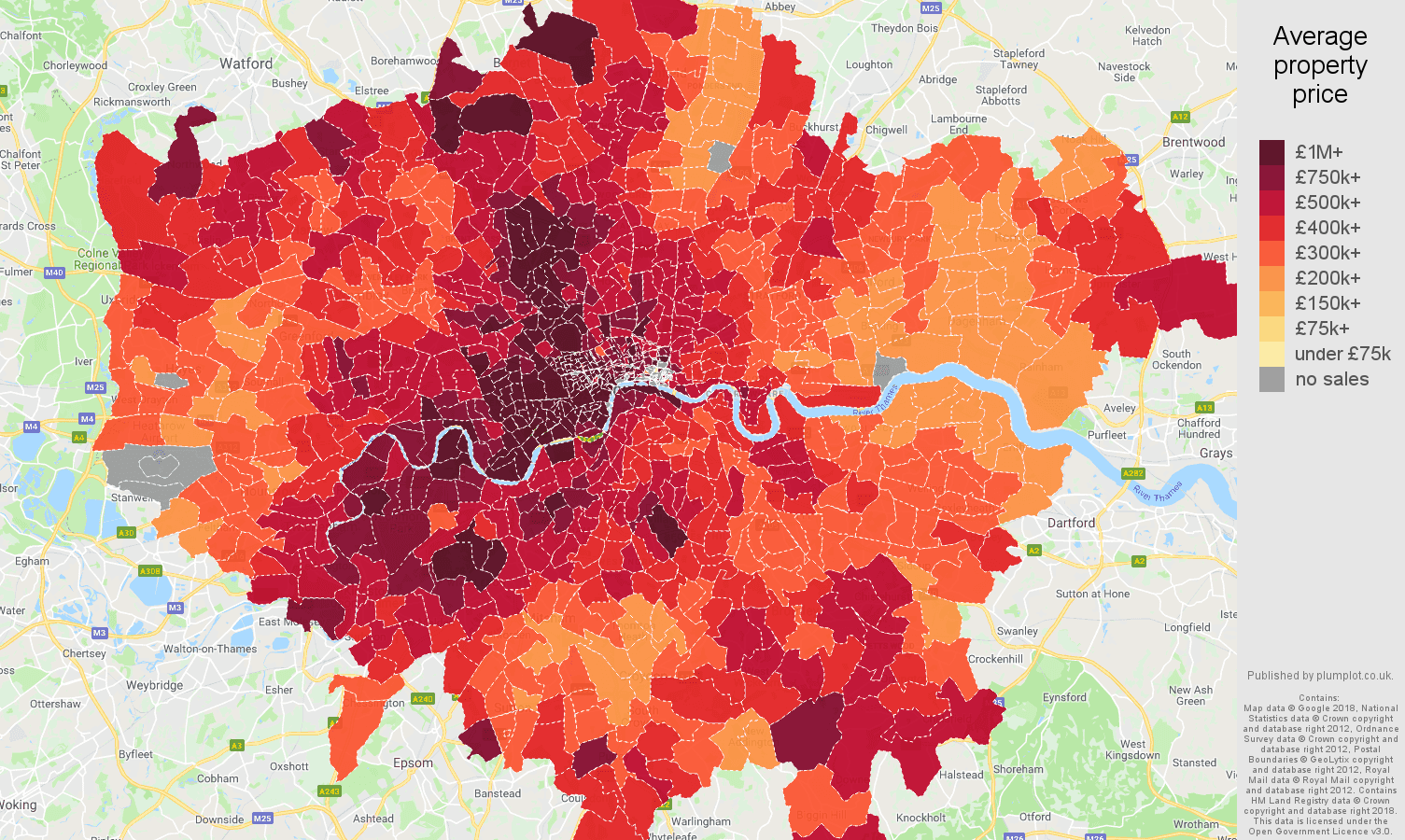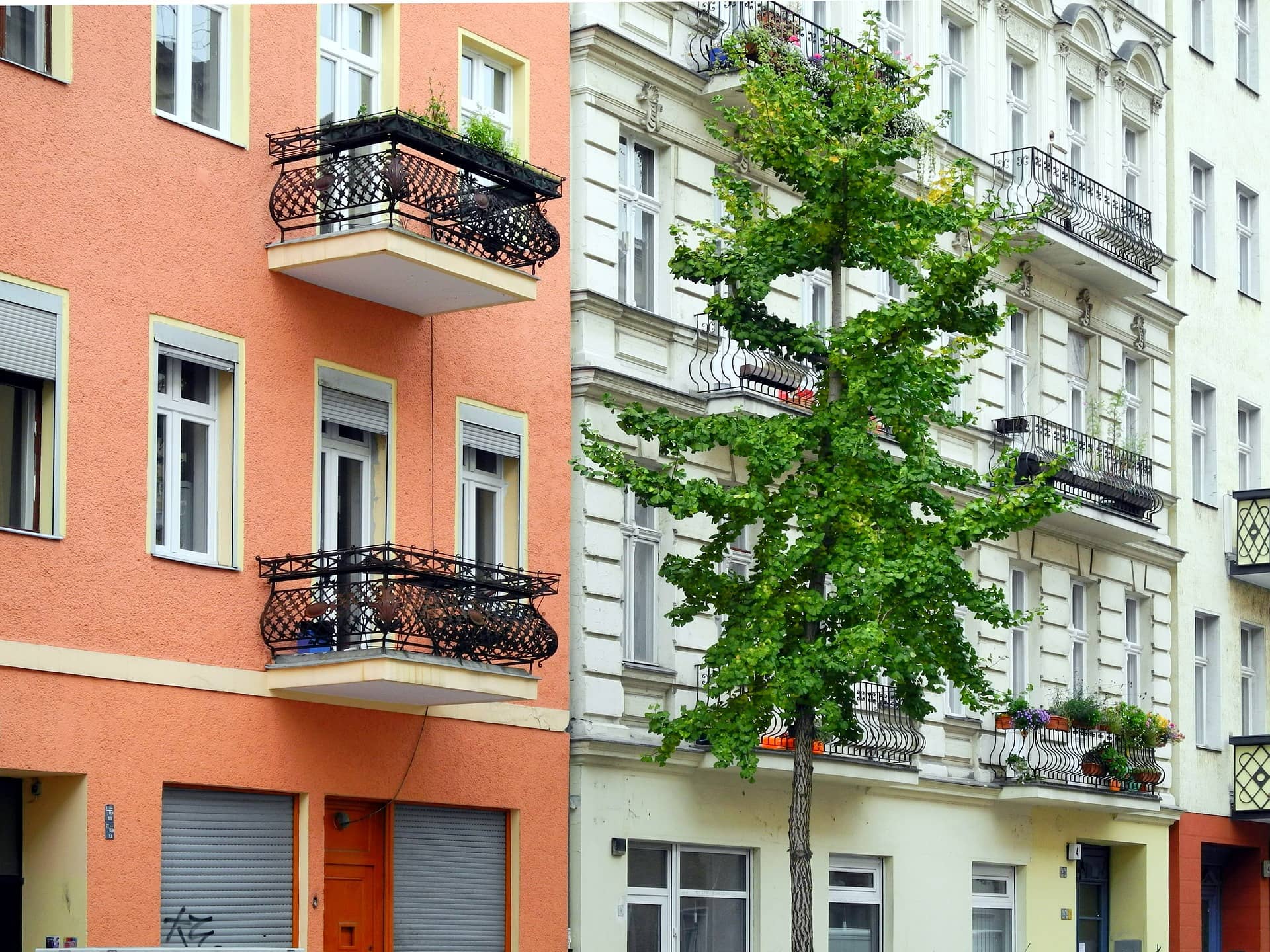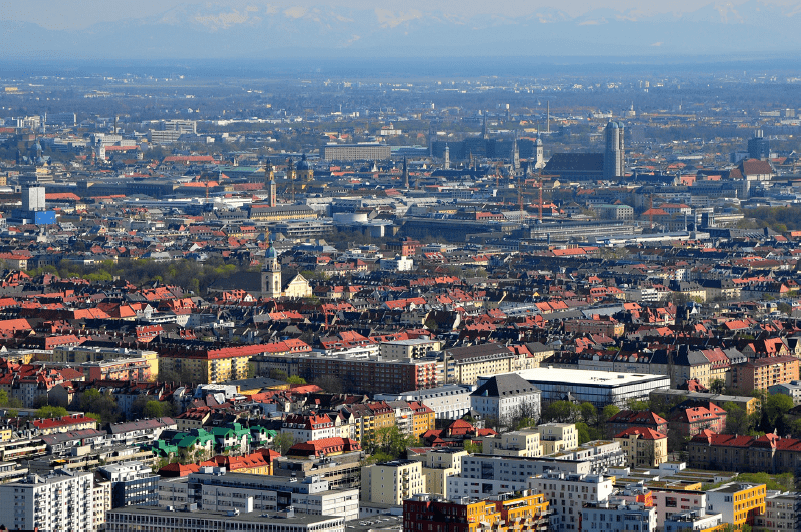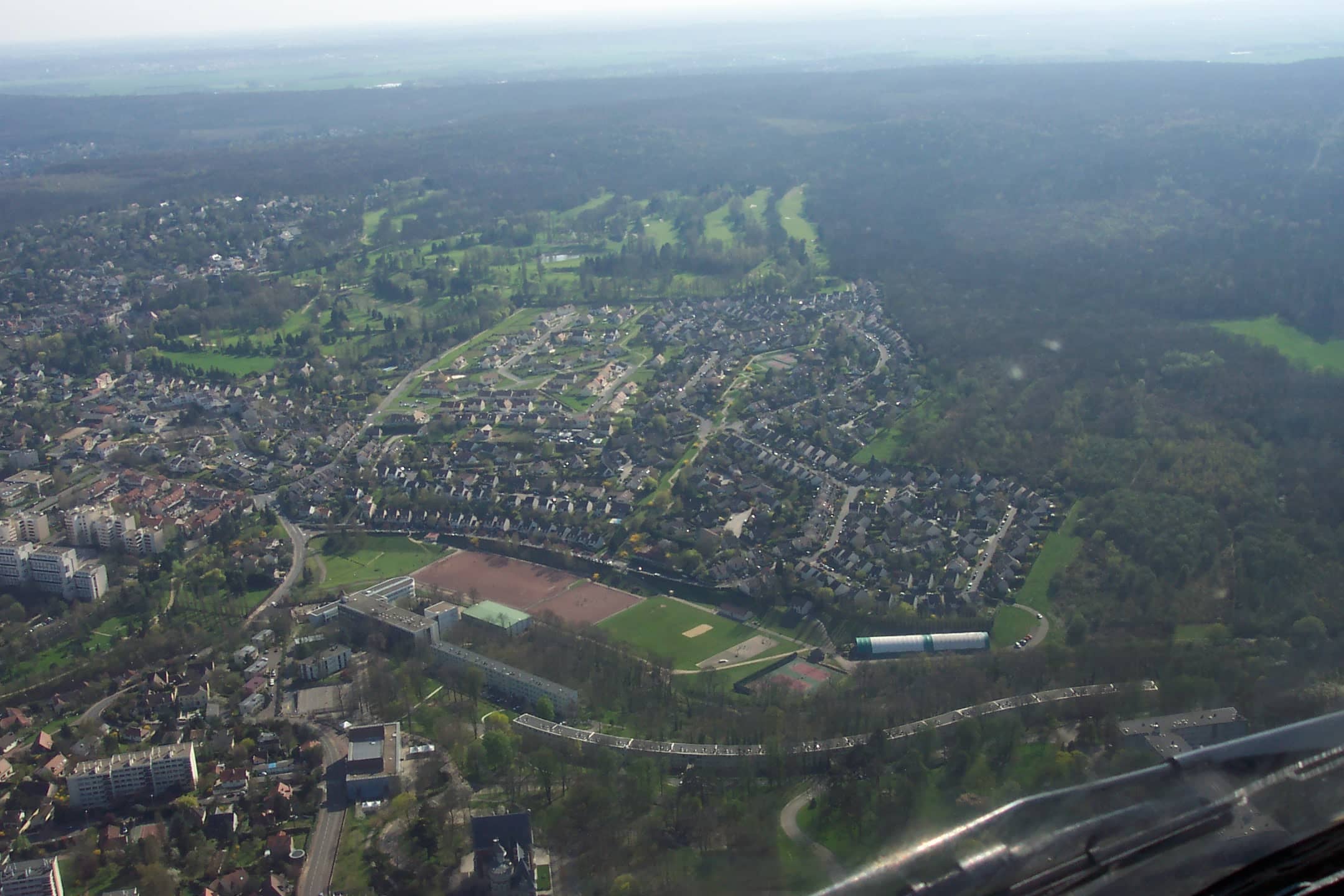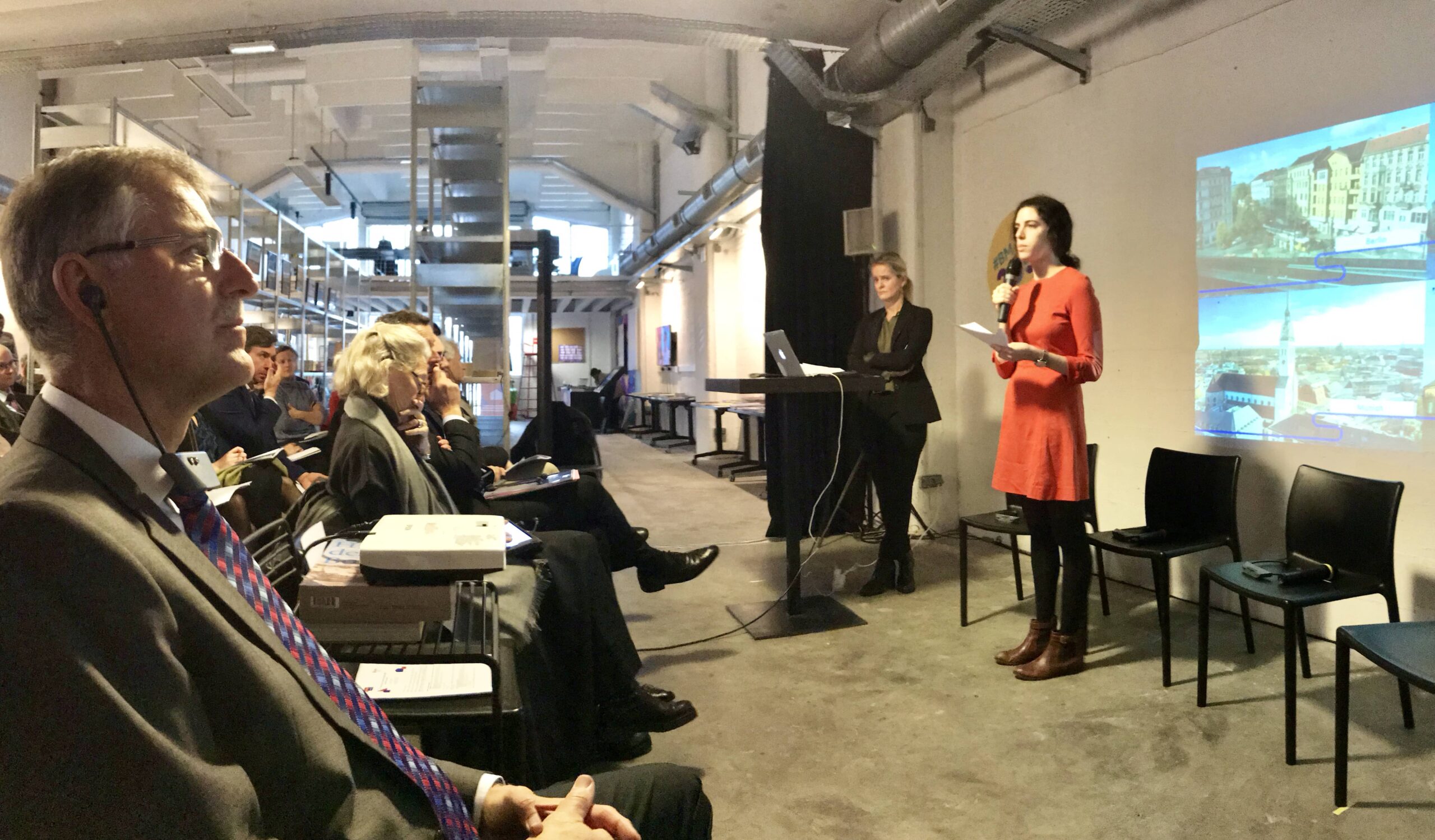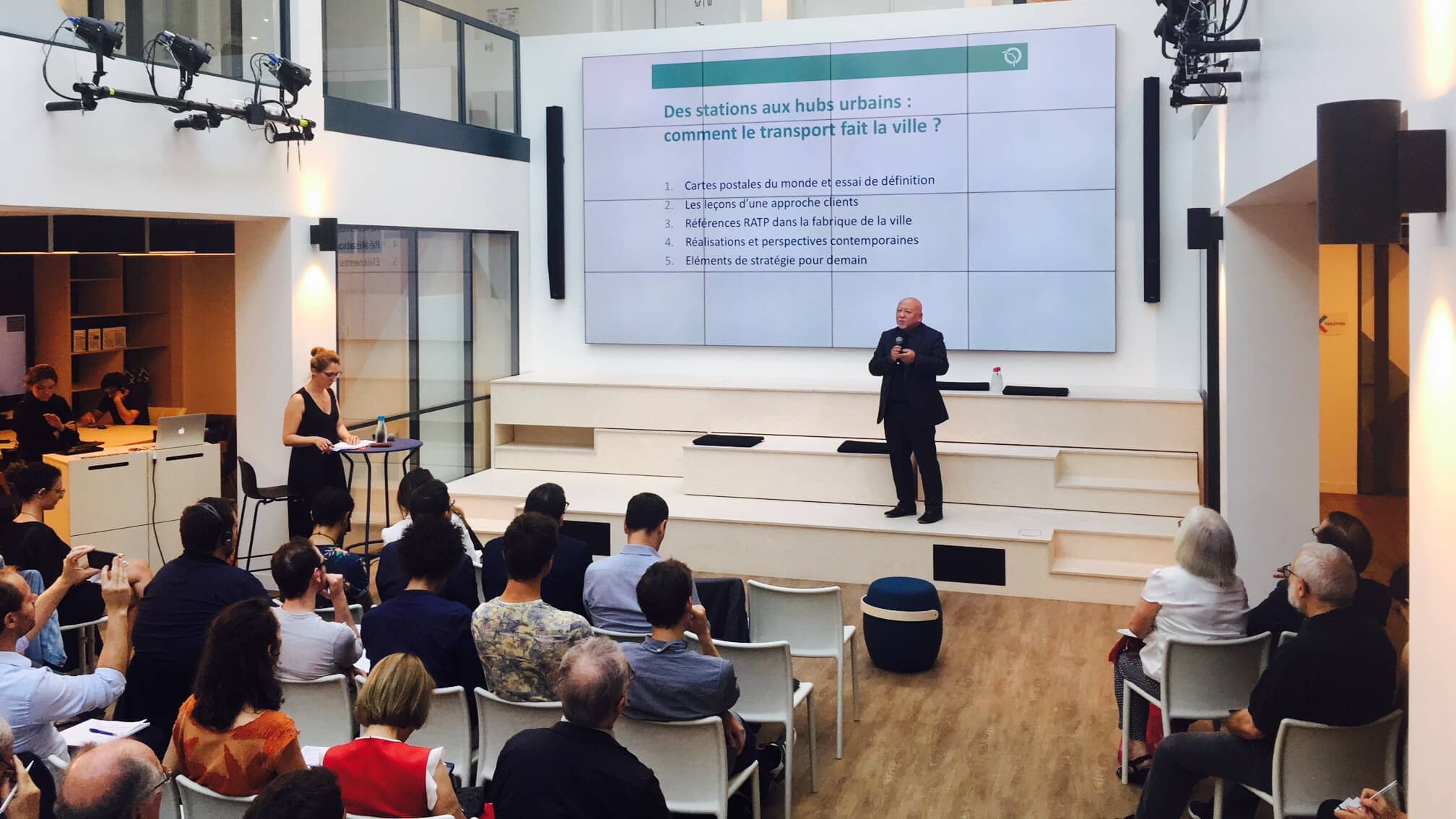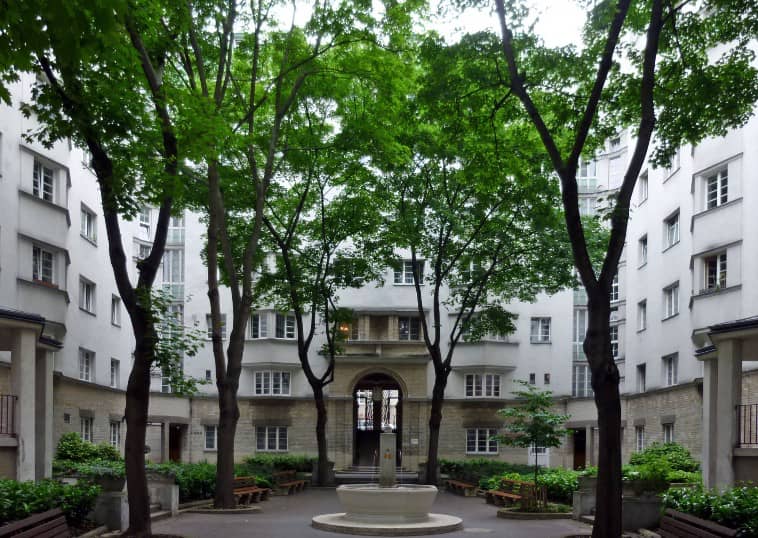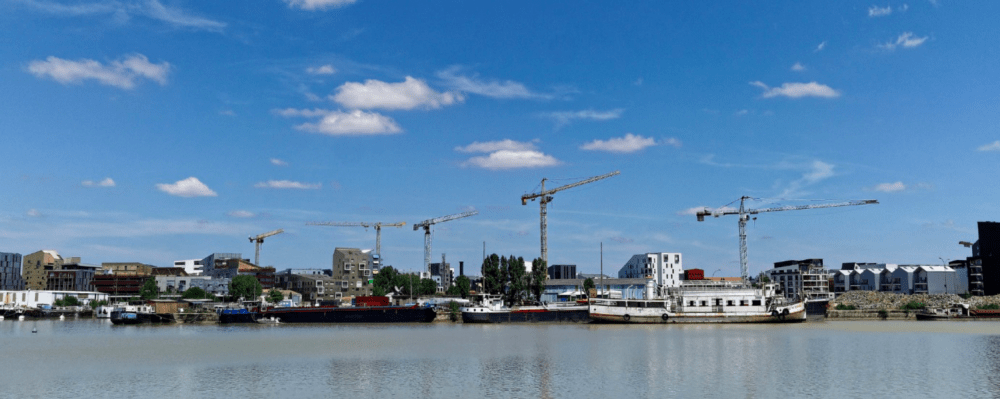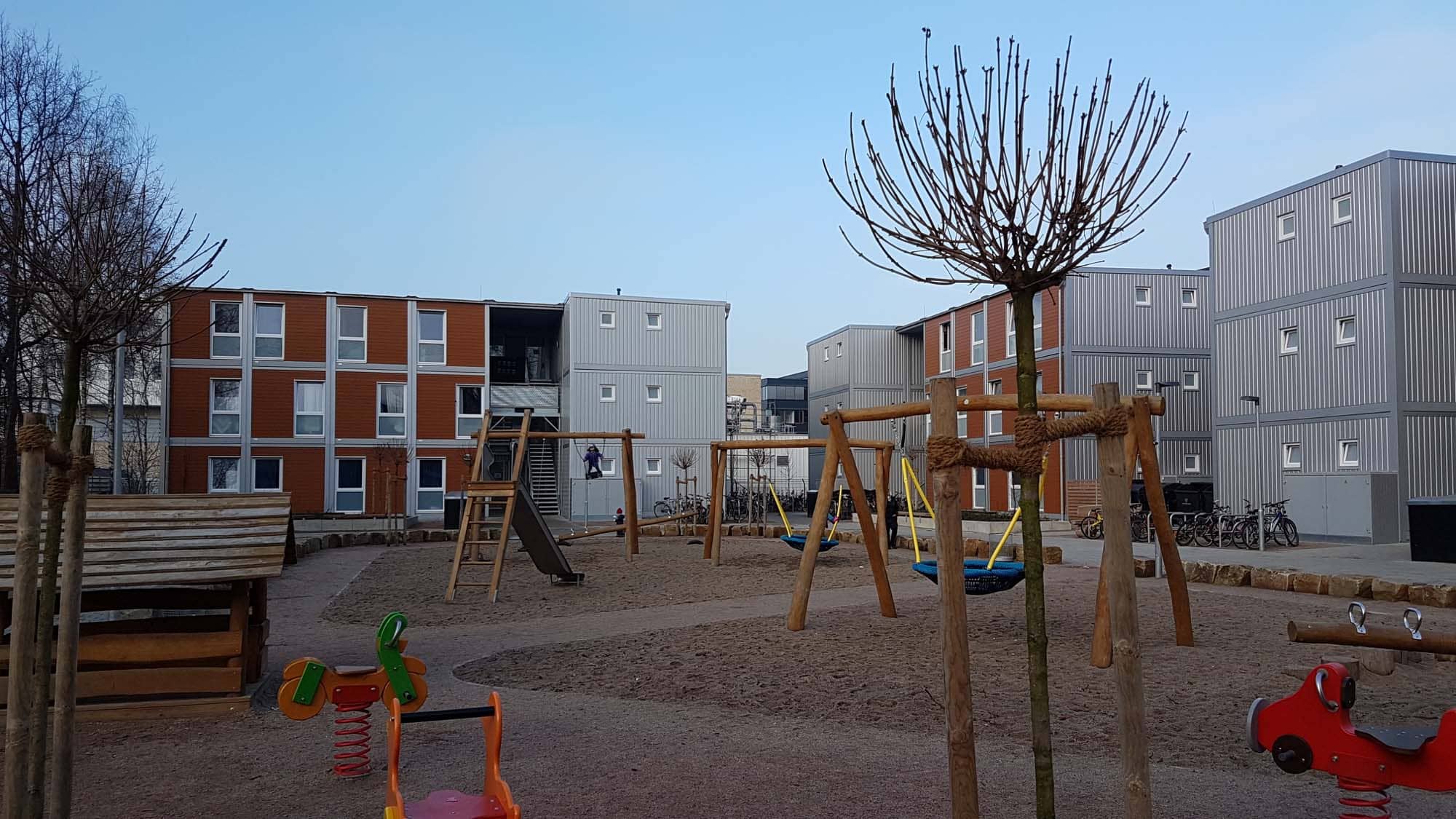

Bordeaux: How can the conditions of affordable homeownership be recreated?
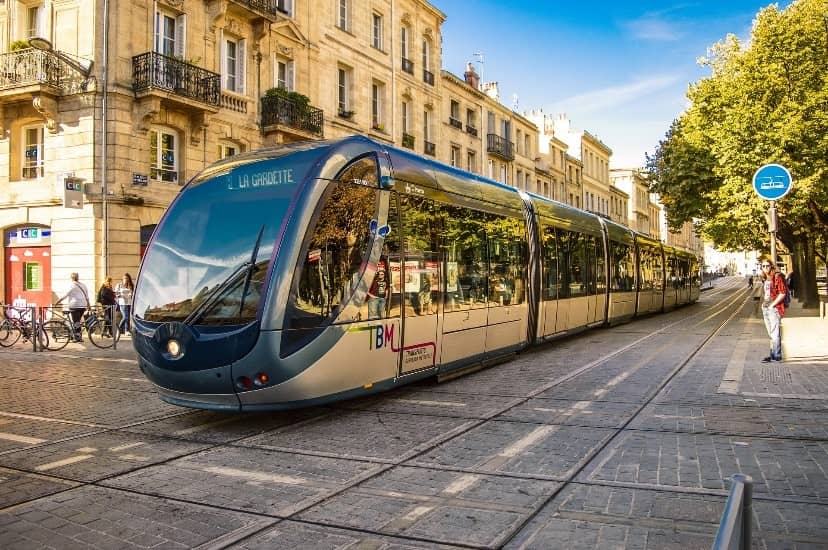
Yet the attractiveness behind these figures is not the only reason for what is being called a housing crisis today in Bordeaux. Is the Bordeaux metropolitan area victim of a classic syndrome, common to many major European cities experiencing growth: the scarcity of available land? Michèle Laruë-Charlus does not believe this: “The housing crisis in Bordeaux is not due to a lack of land, we have many plots!”. In her opinion, this housing crisis is much more a result of the process by which is it still too difficult to use this land. Most of the housing units under construction or to be built in Bordeaux are part of development operations.[3] Yet this trend in which development operations almost have a monopoly in housing production is recent, as Michèle Laruë-Charlus reminds, “until around 2010, 80% of housing units built or renovated in Bordeaux were done so in a diffuse manner”. Development operations, conversely, are characterised by the length of their implementation: they must be planned out and voted and what is more, in Bordeaux, they have experienced significant delays due in particular, according to Michèle Laruë-Charlus, to “constant amendments to regulations, particularly from the French State, the long time it takes to implement them, long decision-making deadlines and an increasing number of appeals”. The development of the Bastide-Niel joint development zone (ZAC), which should have begun ten years ago, is only starting now, while the roll-out of the Bordeaux-Euratlantique operation of national interest (OIN) was blocked by questions regarding the risk of flooding on Bordeaux’s right bank, as was the development of the Brazza district.
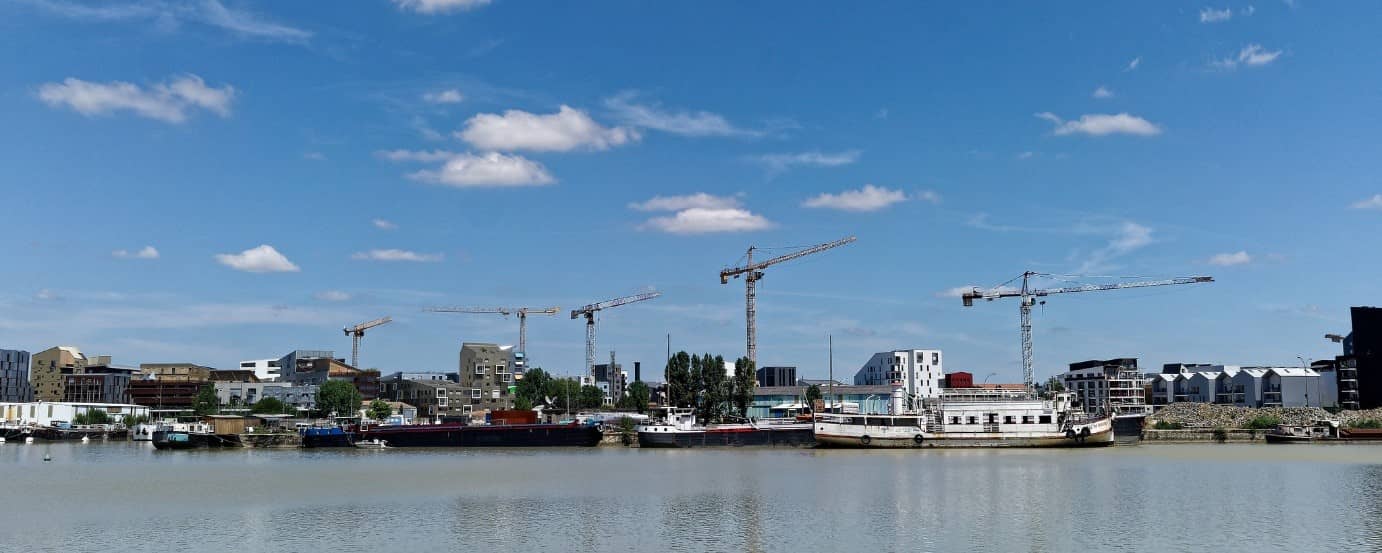
Louis Bousquet, project manager at EDEN Promotion, believes that the rise in Bordeaux’s housing prices is due to a more general phenomenon of ‘metropolisation’ specific to the context in France: “People want to enjoy all the amenities and to be closer to city centres. There is therefore a mobility issue which explains the general increase in property prices in major cities and in particular in Bordeaux which has conducted a proactive policy in recent years now meaning that it is ranked top of the most attractive towns in France”. Louis Bousquet also reminds of the significant increase in housing construction prices, which is due to the rise in regulatory restrictions on environmental, societal and fiscal aspects which apply to production.
Another cause of the rising housing prices in Bordeaux is the soaring land prices in recent years. “In Bordeaux, investor appetite, the renovation of the city centre and the speculative effect have resulted in land prices being tripled in 20 years”, explains Louis Bousquet. This increase can also be explained by urban spread, the adverse effects of which contribute to the restored attractiveness of city centres. Highlighted as early as the 1950s[4] on grounds that investing in property would enable households to build up assets and that ownership would enhance property market liquidity and increase social diversity, France’s ownership model stimulated significant development of suburban housing across France while causing the urbanisation of agricultural land. The urban spread that resulted from this policy gave rise to significant infrastructure costs. “Bordeaux is totally saturated because of its ring road, which is a big problem”, explains Louis Bousquet. Lastly, land prices are also rising due to tax policies: “Land prices are subject to the law of supply and demand, they are driven upwards by developers who sell properties through the incentive of tax credits and therefore purchase land at increasingly high prices, because if they do not purchase land, they will not implement any projects and their survival is at stake”, concludes Louis Bousquet.
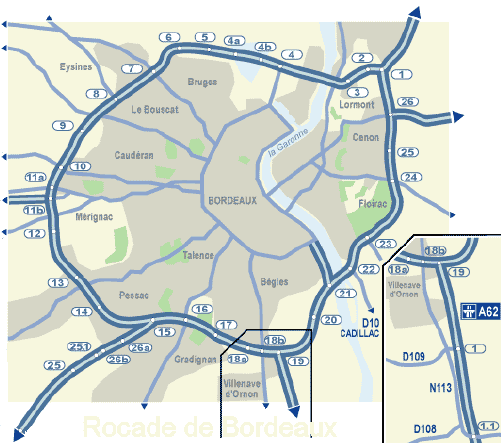
Homeownership: a challenge in Bordeaux?
The effects of the rising property prices in Bordeaux are felt more acutely today by young households. There are many such households in Bordeaux: one in three inhabitants in the metropolitan area is under 25 years of age, while 40% of the few thousand people who come to live in the area each year are aged between 24 and 40. This population is finding it very difficult to purchase a home in the metropolitan area. 70% to 80% of housing units (with the exception of social and affordable housing) are acquired by investors and not owner-occupiers, due to the difficulties that households are currently experiencing to become homeowners.
The metropolitan area is fully aware of the scale of the challenge of affordable homeownership for young families. Back in 2013, two years before Bordeaux Métropole was founded, a study by the Bordeaux urban planning agency observed that “only 15% of households in the conurbation had incomes allowing them to purchase new housing built in the Bordeaux urban community”[5]. Flore Scheurer, urban planner and project leader at Bordeaux Métropole, notes that “the challenge concerns affordable homeownership, the kind that we no longer have today in Bordeaux, and yet affordable ownership means families. We have a demographic structure characterised by a large number of young students, a number of elderly people and people living alone, with households of 1.8 on average. Housing these people has been a challenge for a few years, but it has become even more so with the increase in prices”.
It should be observed that there is a poor fit between households’ income (in particular among the younger households) and property prices, which amount to €3,500/square metre in new-build properties and to more than €4,500/square metre in existing properties. The Bordeaux metropolitan area is therefore not a victim of a shortage of land or affordable housing in the area but rather of a lengthening of daily commutes. This added time contributes to eroding the attractiveness of housing in municipalities around Bordeaux and motivates aspirations to return to Bordeaux city centre, a move which the soaring prices have made impossible for low- and even medium-income households who wish to settle there.
How, then, can an affordable housing stock aimed at families in Bordeaux be reconstituted while attractiveness continues to have an effect on housing prices?
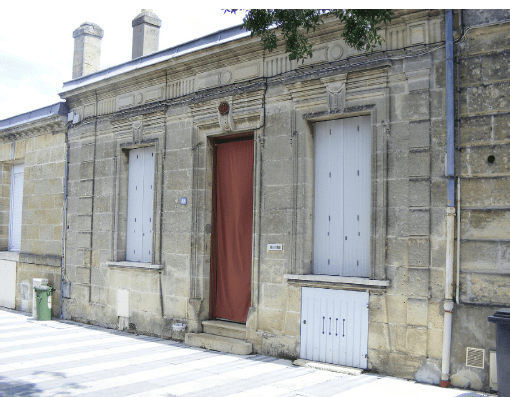
“Volumes capables”, a solution for the future
Faced with the challenge of providing homeownership options to young households, the Bordeaux metropolitan area has developed, in partnership with the private sector, the solution of “volumes capables”. Michèle Laruë-Charlus describes the inception of the concept:
“We observed that nobody can purchase a 80 m2 or 100 m2 housing unit at €4,500 per square metre, and young households definitely cannot. We considered the issue from the demand side, taking the case of a young couple who had been forced to leave Bordeaux, which has become too expensive, and who would now wish to come back to the city. This couple would have two children and a budget of €200,000, from the sale of their house 40 kilometres from Bordeaux. To welcome this household, we would have to successfully produce housing with a cost per square metre within the range of €2,100 to €2,400”.
To reach this objective, the metropolitan area tackled two questions. Firstly, how can sufficiently inexpensive land be used in line with the cost restriction that was set? Secondly, what architectural form should be given to these housing units with the same goal in mind? “To achieve this, we decided to use public land that we owned and to sell it with property taxes set by the local authority, according to the countdown method. This is what we did with the Brazza project, for which we owned land”.
Yet how can a developer be obliged to deliver a completed housing unit at such a low price? This dilemma led the metropolitan area to come to the following concept: “a surface area which complied with standards and was directly habitable, equipped with some basic fixtures (toilet block and sink, walls and windows, a light source, arrival of liquids), but for which finishing touches and layout would be entirely left to the buyers. We called this method ‘volumes capables’”, notes Michèle Laruë-Charlus. Louis Bousquet explains the configuration of the ‘volumes capables’ solution, implemented in the Brazza district on Bordeaux’s right bank:
“You buy an 18 m2 studio apartment that complies with applicable housing standards (RT 2012 law, law on disabled access) next to which there is a 50 m2 volume and a 5-metre ceiling height. The buyer can then adapt the space with more expensive fixtures if they can afford to. By creating a false floor, for example, an additional 50 m2 of habitable surface area can be recovered. The idea is therefore to enable the buyer to have a fixed section and an adaptable section of collective housing in the city, without having to go through complex administrative formalities. A young couple without children may live in the studio section and gradually convert one and then two bedrooms through a loan which would remain relatively low”.
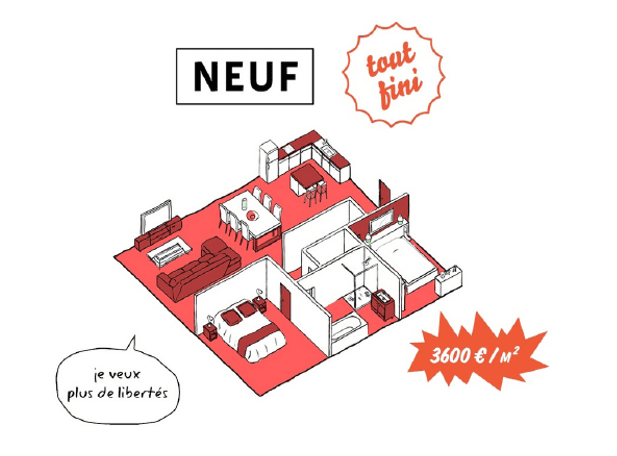
Likely to attract households with limited resources and other wealthier households wishing to conduct major work or use the services of an architect, ‘volumes capables’ also fulfil an objective of social diversity: “In streets with ‘volume capable’ housing, you will not be able to tell who lives behind the façades: there will be wealthy people, low-income families, young households who are good at DIY. ‘Volumes capables’ are also a means of ensuring the presence of owner-occupiers and to minimise tax exemption and rentals. We know that a new district with owner-occupiers operates better than a district with a high turnover of tenants”, explains Michèle Laruë-Charlus. Furthermore, in addition to providing a solution to affordable homeownership, ‘volumes capables’ also meet users’ increasing demand for tailor-made housing and contributes to the rapid rise in self-construction projects: “For buyers, the main selling point of ‘volume capable’ housing so far is not always the price; it’s the adaptability, the option of making the place your own. We see buyers who like the idea of the ‘volume capable’ and others who could not be able to buy a property in Bordeaux without ‘volumes capables’, explains Flore Scheurer.
How, then, can speculation be prevented, which would mean that ‘volumes capables’ would be purchased solely by wealthy households rather than the population in whose interest the concept was designed? The metropolitan area’s response to this question was to set a ceiling of resources applicable to the first buyer of a ‘volume capable’ housing unit. “We ensure that the first person to purchase the ‘volume capable’ is subject to income conditions, even if the ‘volume capable’ is not necessarily designed for that”, stresses Flore Scheurer. “We use the ‘volumes capables’ in Brazza as an affordable homeownership solution. We provide assistance to buyers and therefore have the right to review their income”.
The ‘volumes capables’ solution is still fledgling, and its economic model has yet to prove its viability. The existing ‘volumes capables’ were only built and completed at the announced cost through considerable equalisation. Yet Flore Scheurer believes that more in-depth considerations on the architectural form and choice of land for future ‘volumes capables’ housing may well result in such equalisation being avoided in future: “We must work on different aspects: construction methods, the intelligence of the architectural design which makes it very simple and therefore not very expensive. I think that some of the operators who have already produced ‘volumes capables’ have already started to think about how to avoid equalisation but have not yet reached full autonomy for the product, in particular due to certain aspects such as the façade structure or land costs”.
The scope to replicate ‘volumes capables’ and their economic viability seem predominantly dependent on land management and prices. “Without land management, it is clearly more difficult to produce affordable housing”, explains Flore Scheurer. Despite its location, the land selected for the Brazza project, on the banks of the Garonne river, was relatively inexpensive because it was both in a flood area and polluted. The metropolitan area had to incur substantial costs to clean up the area. “Landowners facing a UNESCO-listed city must be aware that land only really has value if it can be developed. In the meantime, it is so polluted that it is worth almost nothing and nothing can be done there without investing significant amounts. Land prices must be in line with the product if we do not want to rely on equalisation”, notes Flore Scheurer. Louis Bousquet confirms this: “In theory, land in Brazza is not expensive, but we are starting to realise that there are considerable decontamination costs. The equation is much more complex than we thought it would be”.
Bordeaux Métropole is showing the will to take action more generally on available land in its area, which is a key factor of housing prices and determines the production of affordable housing. It criticises an “inflation of land prices”, which “runs the risk of adversely affecting Bordeaux’s attractiveness”, according to Alain Juppé[6], Mayor of Bordeaux and President of Bordeaux Métropole. The metropolitan area announced in January 2017 that “the current situation of tension and land price increases, together with local authorities’ financial limitations, has led Bordeaux Métropole to review its intervention strategy”[7].
Against this backdrop, Bordeaux Métropole signed a framework agreement in January 2018 with the public land management authority (EPF) of Nouvelle-Aquitaine. Through this agreement, it hopes to be able to reverse the rise in land prices. The mission of the EPF of Nouvelle-Aquitaine, a public industrial and commercial undertaking (EPIC), is to “implement land strategies in order to use land, foster sustainable development and combat urban spread”. These strategies must “contribute to the production of housing, and social housing in particular, by taking into consideration the priorities defined by local housing programmes”[8].
The cooperation between Bordeaux Métropole and the EPF of Nouvelle-Aquitaine paves the way for land pre-emption, a technique that Alain Juppé recently called “an atomic weapon”[9]. The EPF is authorised to “purchase land, ensure a finance scheme for it and to release it upon the request of authorities” and to “intervene on the market in an authoritative manner by pre-empting land requested by elected representatives”[10]. Bordeaux Métropole has also asked municipalities “not to sell their land at the highest price”[11] and, following negotiations with the private sector, has asked property developers to set land prices upon acquisition in accordance with the land’s market or fair value, and not in accordance with its project value. Jacques Mangon, Vice-President of Bordeaux Métropole, notes that “today, operators often negotiate land prices on the basis of the project value, calculated in accordance with the maximum use of surface area rights, which results in higher property prices”[12]. Breaches of this process may be sanctioned by pre-emption. In another land management lever, Bordeaux Métropole intends to disclose, for all operations with a surface area greater than 1,000 square metres, the price and type of construction that it deems preferable[13] through the issuing of dedicated information sheets. This strategy is based on a partner-based dynamic which appears to be showing results: in May 2018, the Aquitaine Poitou-Charentes property developers federation announced its wish to reduce land prices on the regular market from €1,000/square metre to €600/square metre, in a return to the prices in practice two years ago. These avenues are set to enable Bordeaux Métropole to curb rising land prices, a necessary move if future operations like the ‘volumes capables’ concept are to be a success.
Yet the economic balance of such solutions does not depend solely on land prices. Their success is also based on the architectural form selected. The ‘volumes capables’ with double heights are the most modulable, but also the most complicated and expensive. A more compact architectural form would reduce costs further. Flore Scheurer explains that the ‘volumes capables’ built in Brazza “are highly divided. They have 3.5 outer façades. They are small buildings with 16, 20, 22 housing units”. Greater savings made in the design could be the means to replicate ‘volumes capables’ without equalisation and even in areas under strain. “This could be replicated in Bordeaux”, confirms Flore Scheurer; “you simply need buildings contiguous to each other, like Haussmann-style buildings”. The simplicity of the façades and the reduction in the number of architectural restrictions are some of the solutions through which EDEN has successfully replicated ‘volumes capables’ in the city of La Rochelle, in which the housing market is also under strain[14].
How does Bordeaux Métropole intend to assess the ultimate success of the ‘volumes capables’? Firstly, by their ability to produce affordable housing and to reduce equalisation as much as possible. Another criterion is their ability to reach their target, low- and medium-income households wishing to become homeowners in Bordeaux. “We came up with the concept of ‘volumes capables’ because attracting families to Bordeaux is not just a question of prices, it is also a question of services and public facilities, quality of life, security, mobility, image and happiness”, explains Flore Scheurer. “‘Volumes capables’ are a means of living as you would in a house, to decide on the property’s layout as desired. In Bordeaux, we are not only working towards providing inexpensive housing, because we know that this is not what will attract people”.

[1] LANGLOIS, Corinne (dir.). Comprendre la formation des prix pour produire du logement abordable [on-line]. Bordeaux: agence d’urbanisme Bordeaux métropole Aquitaine (a’urba), 2013, 8 p. Available at: https://www.aurba.org/wp-content/uploads/2014/02/Compr%C3%A9hension_formation_prix_logements.pdf. (Viewed on 11 June 2018)
[2] RASSELET, Cécile (dir.). Les loyers des agglomérations de Bordeaux et de La Teste-de-Buch – Arcachon [on-line]. Bordeaux: agence d’urbanisme Bordeaux métropole Aquitaine (a’urba), 2016, 40 p. Available at: https://www.aurba.org/wp-content/uploads/2016/09/Rapport_resultats_loyers2015_Bordeaux_Arcachon_LaTeste.pdf. (Viewed on 12 June 2018)
[3] This is the case in particular of the “50,000 housing units around public transportation arteries” programme implemented by Bordeaux Métropole with a view to “producing housing that meets inhabitants’ needs at affordable prices […] close to existing or upcoming public transportation lines”[1].
[4] And especially as from the housing policy reform of 1977.
[5] LANGLOIS, Corinne (dir.). Comprendre la formation des prix pour produire du logement abordable [on-line]. Bordeaux: agence d’urbanisme Bordeaux métropole Aquitaine (a’urba), 2013, 8 p. Available at: https://www.aurba.org/wp-content/uploads/2014/02/Compr%C3%A9hension_formation_prix_logements.pdf. (Viewed on 11 June 2018)
[6] DÉJEAN, Jean-Philippe. Immobilier : à Bordeaux les promoteurs annoncent 40% de baisse sur le prix du foncier ! In: La Tribune [on-line]. (Published on 15 May 2018.) Available at: https://objectifaquitaine.latribune.fr/business/immobilier/2018-05-15/immobilier-a-bordeaux-les-promoteurs-annoncent-40-de-baisse-sur-le-prix-du-foncier-778489.html. (Viewed on 14 June 2018)
[7] Bordeaux Métropole. L’adhésion au futur établissement public foncier Nouvelle Aquitaine fait consensus. In: Bordeaux Métropole espace presse [on-line]. (Published on 26 January 2017.) Available at: http://www.bordeaux-metropole.fr/Espace-presse/L-adhesion-au-futur-Etablissement-Public-Foncier-Nouvelle-Aquitaine-fait-consensus. (Viewed on 10 June 2018)
[8] French Law No. 2017-86 dated 27 January 2017 on equality and citizenship, article 102. Available at: https://www.legifrance.gouv.fr/affichCodeArticle.do?cidTexte=LEGITEXT000006074075&idArticle=LEGIARTI000006815543&dateTexte=&categorieLien=cid (Viewed on 12 June 2018)
[9] DÉJEAN, Jean-Philippe. Immobilier : à Bordeaux les promoteurs annoncent 40% de baisse sur le prix du foncier ! In: La Tribune [on-line]. (Published on 15 May 2018.) Available at: https://objectifaquitaine.latribune.fr/business/immobilier/2018-05-15/immobilier-a-bordeaux-les-promoteurs-annoncent-40-de-baisse-sur-le-prix-du-foncier-778489.html. (Viewed on 14 June 2018)
[10] Ibid.
[11] Ibid.
[12] CÉSAR, Nicolas. Immobilier à Bordeaux : comment réguler les prix du foncier ? In: Sud Ouest [on-line]. (Published on 16 May 2018.) Available at: https://www.sudouest.fr/2018/05/14/immobilier-bordeaux-metropole-et-promoteurs-innovent-pour-reguler-les-prix-du-foncier-5055664-4689.php (Viewed on 13 July 2018)
[13] DÉJEAN, Jean-Philippe. Immobilier : à Bordeaux les promoteurs annoncent 40% de baisse sur le prix du foncier ! In: La Tribune [on-line]. (Published on 15 May 2018.) Available at: https://objectifaquitaine.latribune.fr/business/immobilier/2018-05-15/immobilier-a-bordeaux-les-promoteurs-annoncent-40-de-baisse-sur-le-prix-du-foncier-778489.html. (Viewed on 14 June 2018)
[14] ‘Volumes capables’ housing may constitute collective housing (residential buildings), individual housing or terraced town houses, depending on whether or not they are located in an area under strain.
These other publications may also be of interest to you:
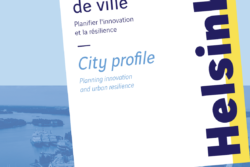
Helsinki : Planning innovation and urban resilience

Forget 5th Avenue

Long live urban density!
The ideal culprit
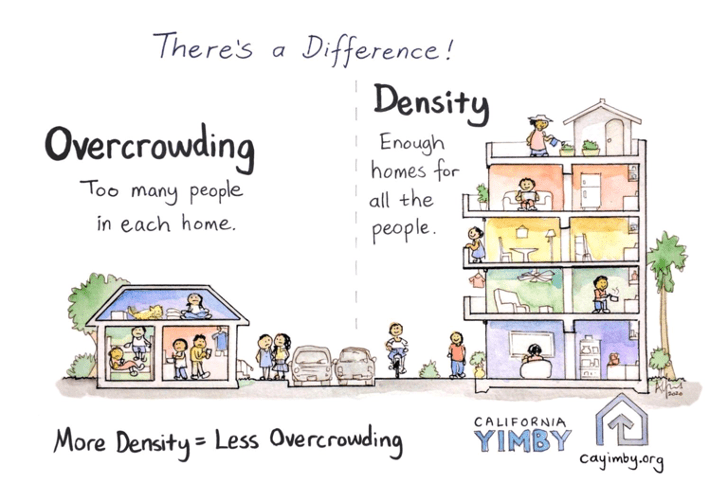
Behind the words: density
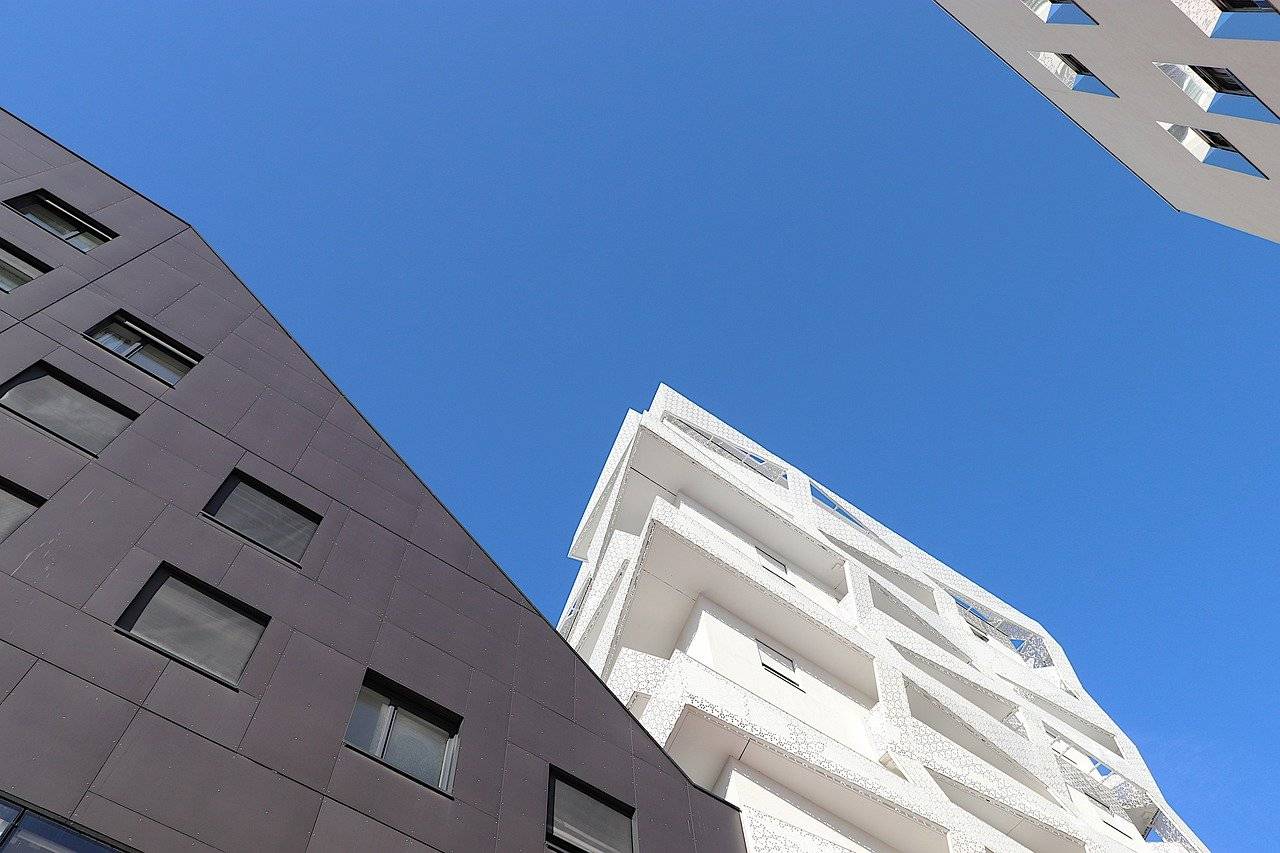
Behind the words: Affordable housing

German metropolises and the affordable housing crisis

Berlin Focus
La Fabrique de la Cité
La Fabrique de la Cité is a think tank dedicated to urban foresight, created by the VINCI group, its sponsor, in 2010. La Fabrique de la Cité acts as a forum where urban stakeholders, whether French or international, collaborate to bring forth new ways of building and rebuilding cities.















